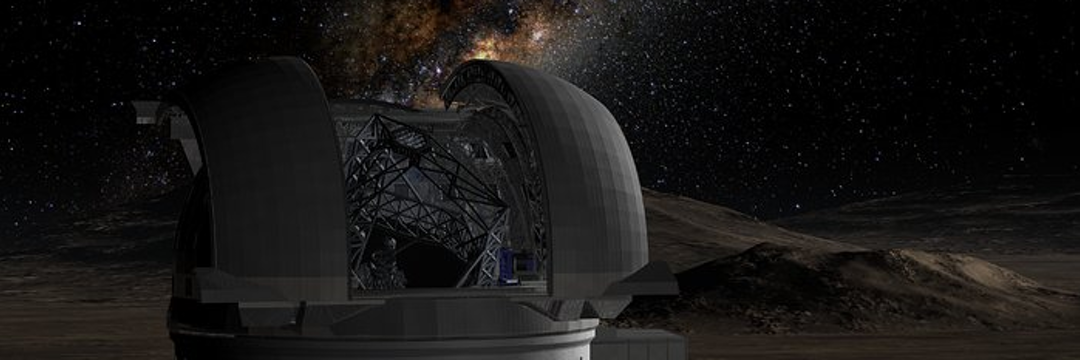
doi.org/10.1038/s43247-024-01837-2
Credibility: 989
#Marte
Light-colored rocks on the red planet reveal a past with water and hint at the possibility of life
Sometimes, scientists have to dig, work hard and sweat to make discoveries.
But other times, a robot simply drives over a rock and turns out to be a revelation.
That’s exactly what happened when Roger Wiens, a Mars exploration expert and professor of Earth, Atmospheric and Planetary Sciences at Purdue University in the United States, used NASA’s Perseverance rover to fire a laser at some strangely light-colored rocks on the surface of Mars.
What he found was surprising: These rocks had high levels of aluminum bound to the mineral kaolinite.
That was interesting enough on its own, but what made the discovery even more fascinating was the fact that kaolinite typically forms in very hot and humid environments.
Published in the journal Nature Communications Earth & Environment, the study by Wiens and his team suggests that Mars may have been warmer, wetter and more diverse than scientists had imagined.
“On “”Earth, these minerals occur where there is a lot of rain and a warm climate or in hydrothermal systems, like hot springs.
Both of these environments are perfect for life as we know it,” Wiens said.
“These minerals are what’s left after rocks sit in running water for millions of years.
The hot water washes away almost all the elements, leaving only the ones that don’t dissolve, like what we find on Mars.
It’s fascinating.
We didn’t expect this on a cold, dry planet like Mars.”
The Rock-Hunting Rover
Wiens has been working on Mars rovers for decades, and he’s the one who gave Perseverance its “head.” The part that looks like the rover’s neck and head is the SuperCam, an instrument created by an international team led by Wiens before he arrived at Purdue.
SuperCam is the result of a partnership between the Los Alamos National Laboratory in the US and the Institut de Recherche en Astrophysique et Planétologie in France, with funding from NASA and the Centre National d’Études Spatiales, also in France.
The instrument uses several techniques to analyze the surface of Mars.
Now, Wiens is leading the team that is using SuperCam’s tools to make discoveries on the red planet.
Researchers noticed small, light-colored pebbles in the Martian soil on the first day after the rover arrived, but they were busy with other tasks and didn’t pay them any immediate attention.
Later, they saw larger, similarly colored rocks lying loose on the surface that weren’t part of the bedrock beneath the rover’s wheels.
Geologists call these rocks “floaters” because they are “floating” above the bedrock – that is, they are out of place, far from where they formed.
When SuperCam’s laser beam analyzed these rocks, the team realized they had something special on their hands.
“These rocks are very different from anything we’ve seen on Mars before,” Wiens said.
“They’re a mystery.” The team then studied the rocks further to understand their composition and structure.
Two researchers on Wiens’ team, Candice Bedford, a research scientist, and Clement Royer, a postdoctoral researcher, led the study, along with Briony Horgan, a professor of planetary science, and several of her and Wiens’ students.
They found more than 4,000 of these white rocks and pebbles scattered across the surface.
The mineral that forms many of these pale rocks is kaolinite.
What excites scientists is that it typically occurs in warm, wet environments that are favorable to some forms of microbial life.
On Earth, it occurs in sedimentary deposits from ancient soils, coastlines, or in intense hydrothermal environments, and is quite soft.
On Mars, the rocks are white but not as soft, possibly because other processes have hardened them.
These rocks also contain spinel, probably aluminum spinel, which can form in igneous (volcanic) or metamorphic environments and appears as remnants in sedimentary rocks.
Wiens and his team aren’t yet sure how this happened – whether the spinel came from kaolinite or whether kaolinite formed around the spinel.

Once Upon a Blue Mars
“The big questions about Mars are about water,” Wiens said.
“How much water was there? How long was it there? Since Mars is cold and dry today, where did all that water go? As a mineral, kaolinite has a lot of water trapped in its structure.
It could be that some of that water is still on Mars, locked away in these minerals.” “Although we didn’t see these rocks ‘in place’ on the bedrock with the rover, and we don’t know where these floating rocks came from, orbiting satellites show us that there are kaolinite-rich rocks on the rim of Jezero Crater,” said Bedford, a co-author of the study.
“Studying these rocks in their place will help us test our ideas about how they formed, how they are linked to Mars’ past, and whether the planet was once habitable.
We’re keeping our eyes peeled for the origins of these rocks now that Perseverance is exploring the crater rim.”
These discoveries could lead humans to the first real evidence of ancient extraterrestrial life, since as far as we know, life cannot exist without water.
By studying Mars’ present, scientists can find clues about its past-and Earth’s-and also ideas about where to look for signs of life in the future.
Published in 03/31/2025 18h53
Text adapted by AI (ChatGPT / Gemini) and translated via Google API in the English version. Images from public image libraries or credits in the caption. Information about DOI, author and institution can be found in the body of the article.
Reference article:
- https://scitechdaily.com/alien-clues-in-strange-martian-stone-scientists-stunned-by-rover-discovery/
Original study:
| Geoprocessing Drone Systems HPC |

| ERP and CRM Systems Mobile Systems AI |


